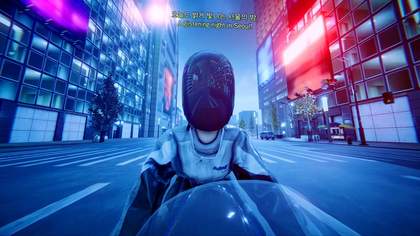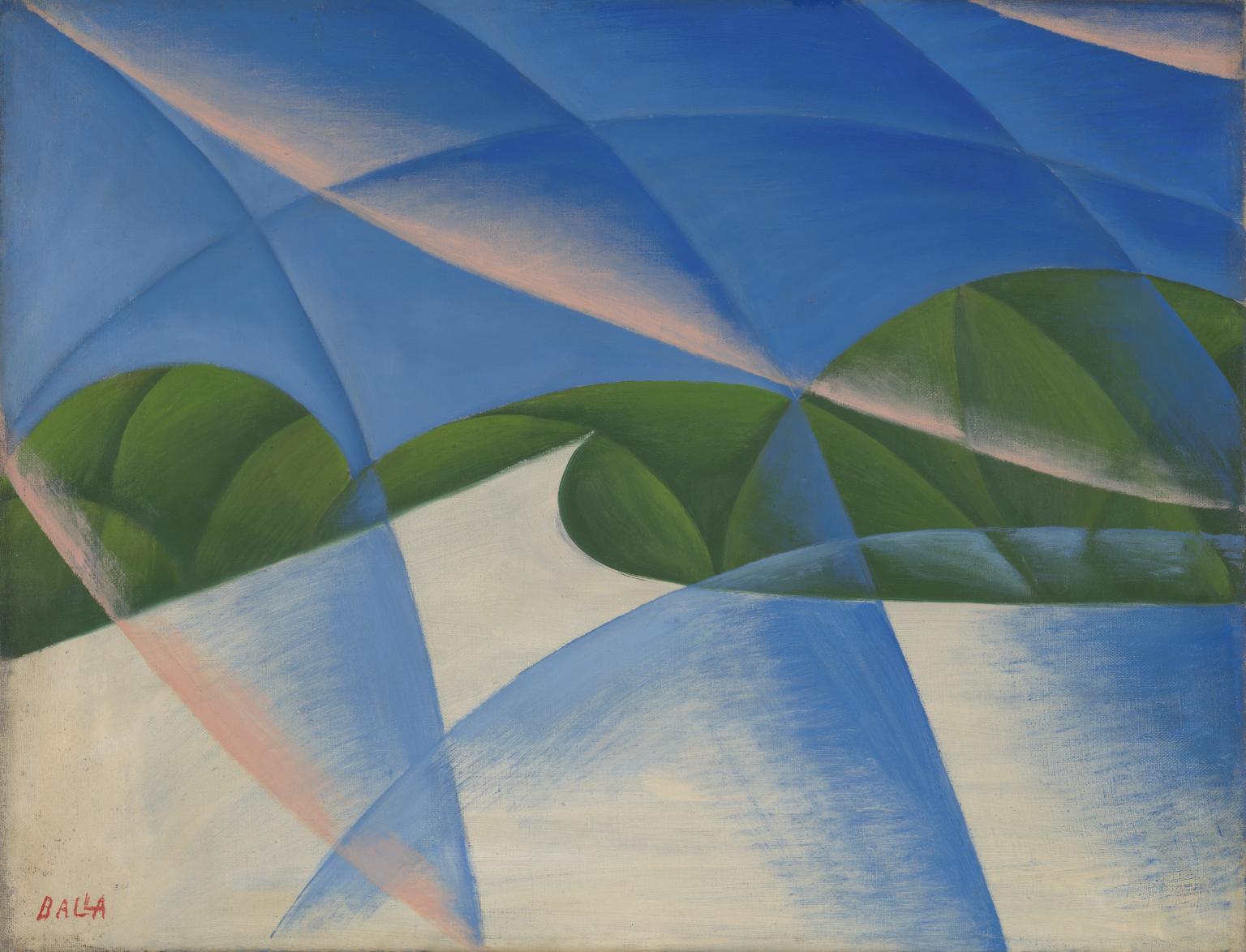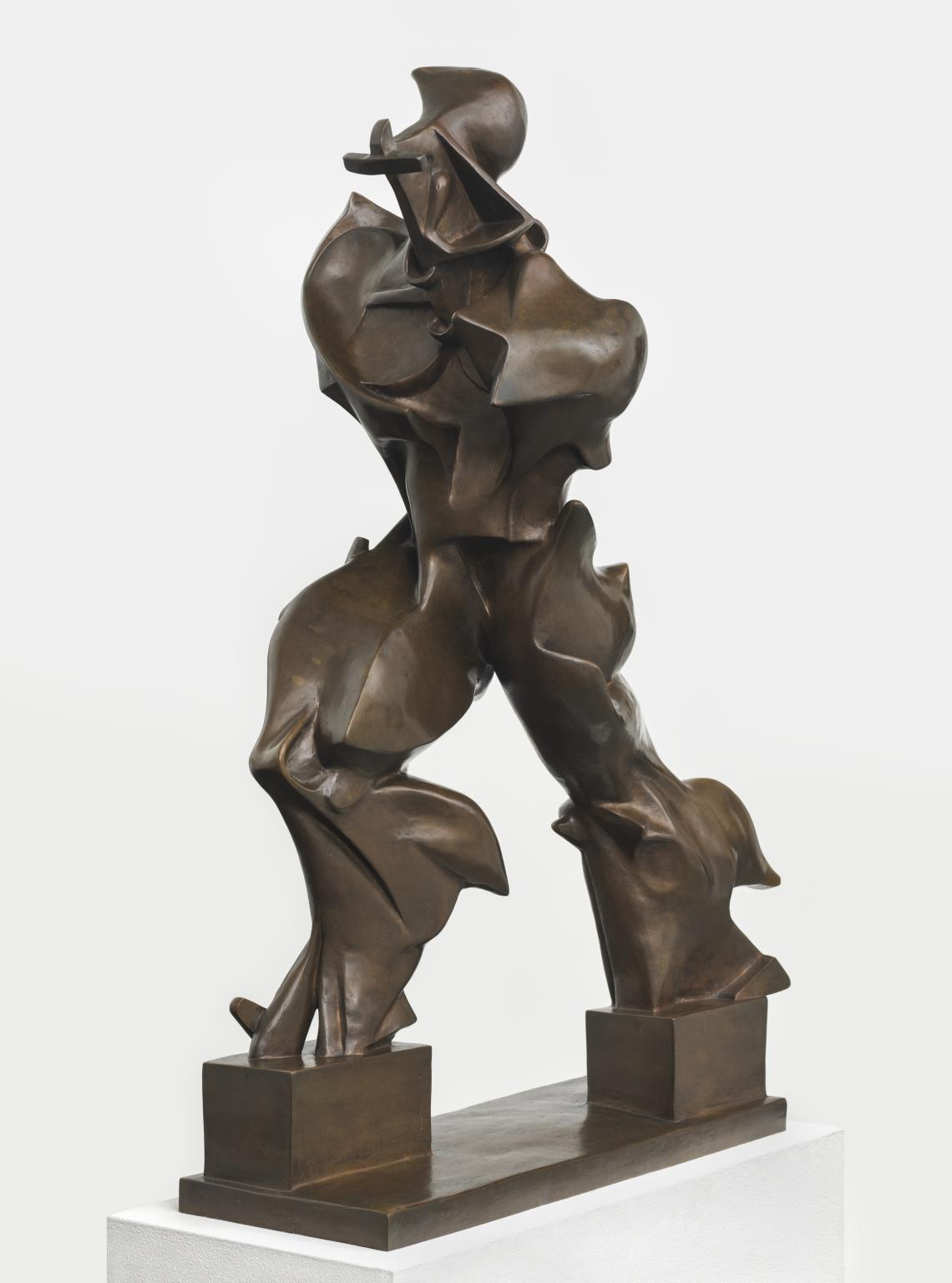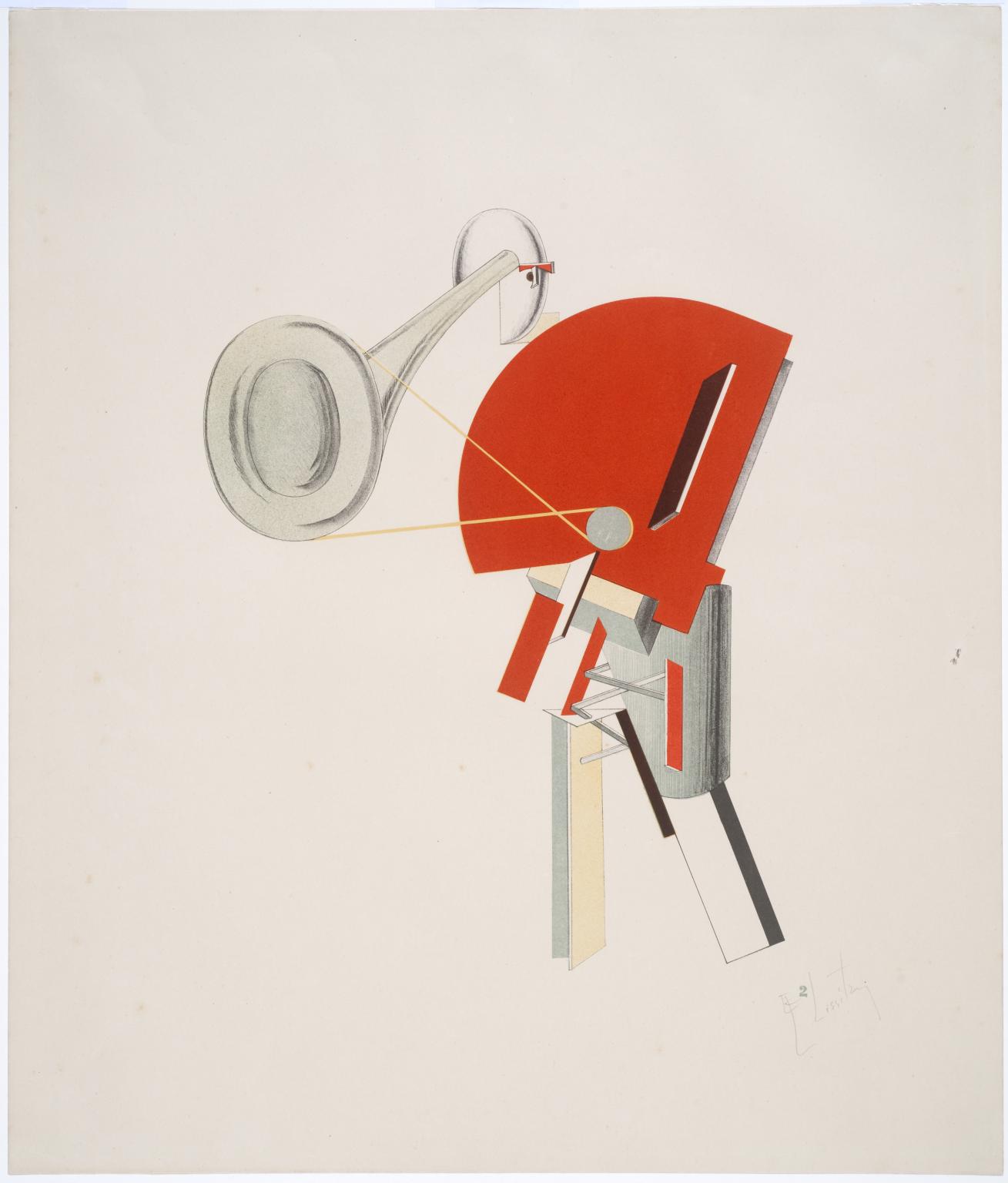13 rooms in Artist and Society
A Year in Art: 2050 invites you to explore the different ways artists imagine ideas of the future
This display brings the work of three contemporary artists into conversation with paintings and sculptures from the early 20th century. Together, these artworks reflect how new technologies and experiences of modern life alter our relationships to the body, the city, and to each other.
In the early 1900s, artists witnessed rapid technological developments, escalating military conflicts and increased political turmoil. They formed groups in Italy, Russia, and the UK around ideas of futurism: an art movement that aimed to break from the past, mirroring the speed and dynamism of the modern world. The development of cars, industrial machines and electrified cities inspired ideas of a prosperous technological future. At the same time, many warned of the potential for these rapid changes to violently impact society.
The contemporary artists whose work is shown here consider similar ideas from the perspective of our current historical moment. Their work draws on the language of films, video games and science fiction.
Ideas of the future have often been a means for artists to reflect on the changes happening in the present. Coinciding with the 25th anniversary of ║┌┴Ž╔ń, A Year in Art: 2050 asks how art can help us reimagine, today, the worlds we intend to build over the next quarter century.
Special thanks to the Asia-Pacific Acquisitions Committee for their support of this display.
Art in this room
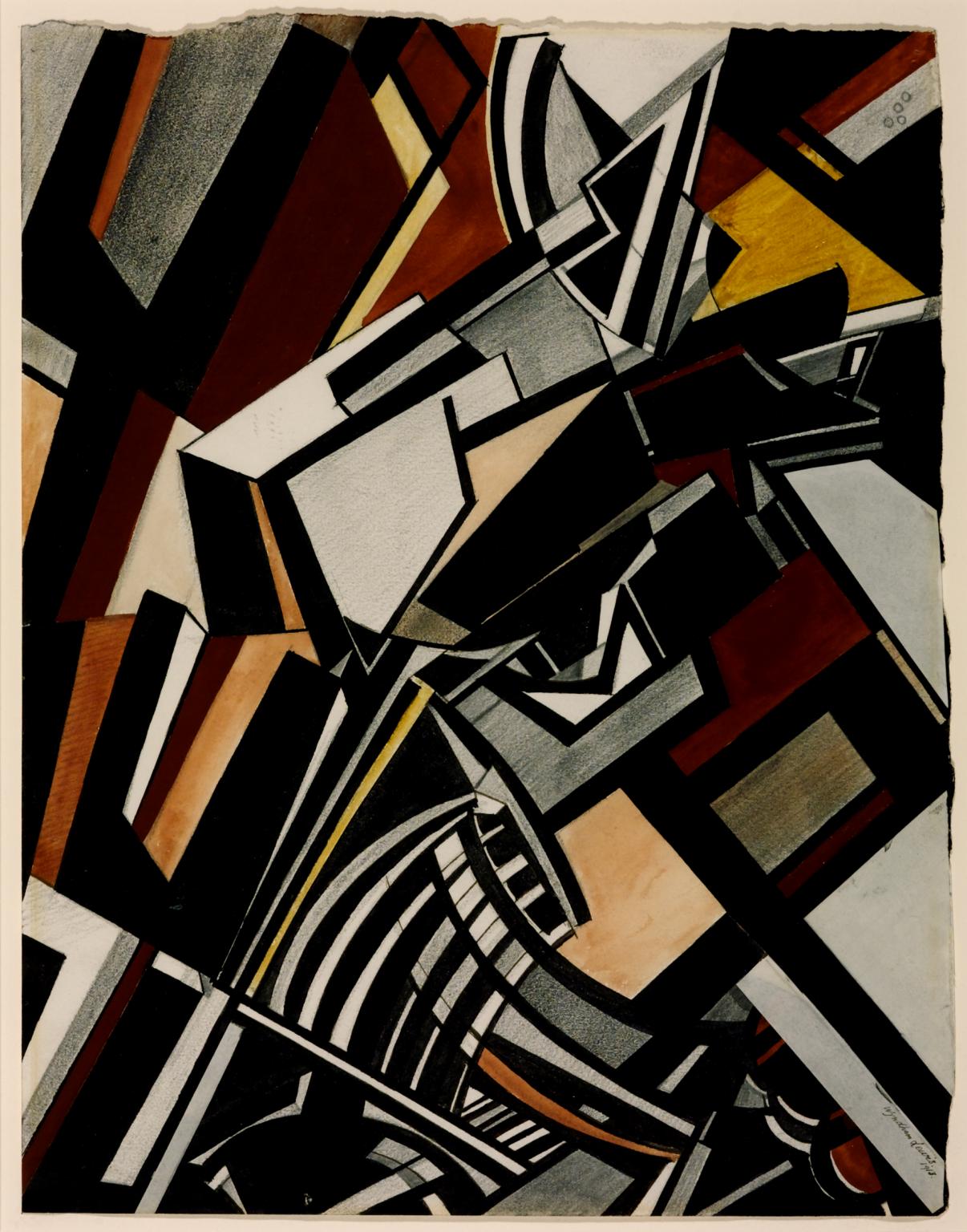
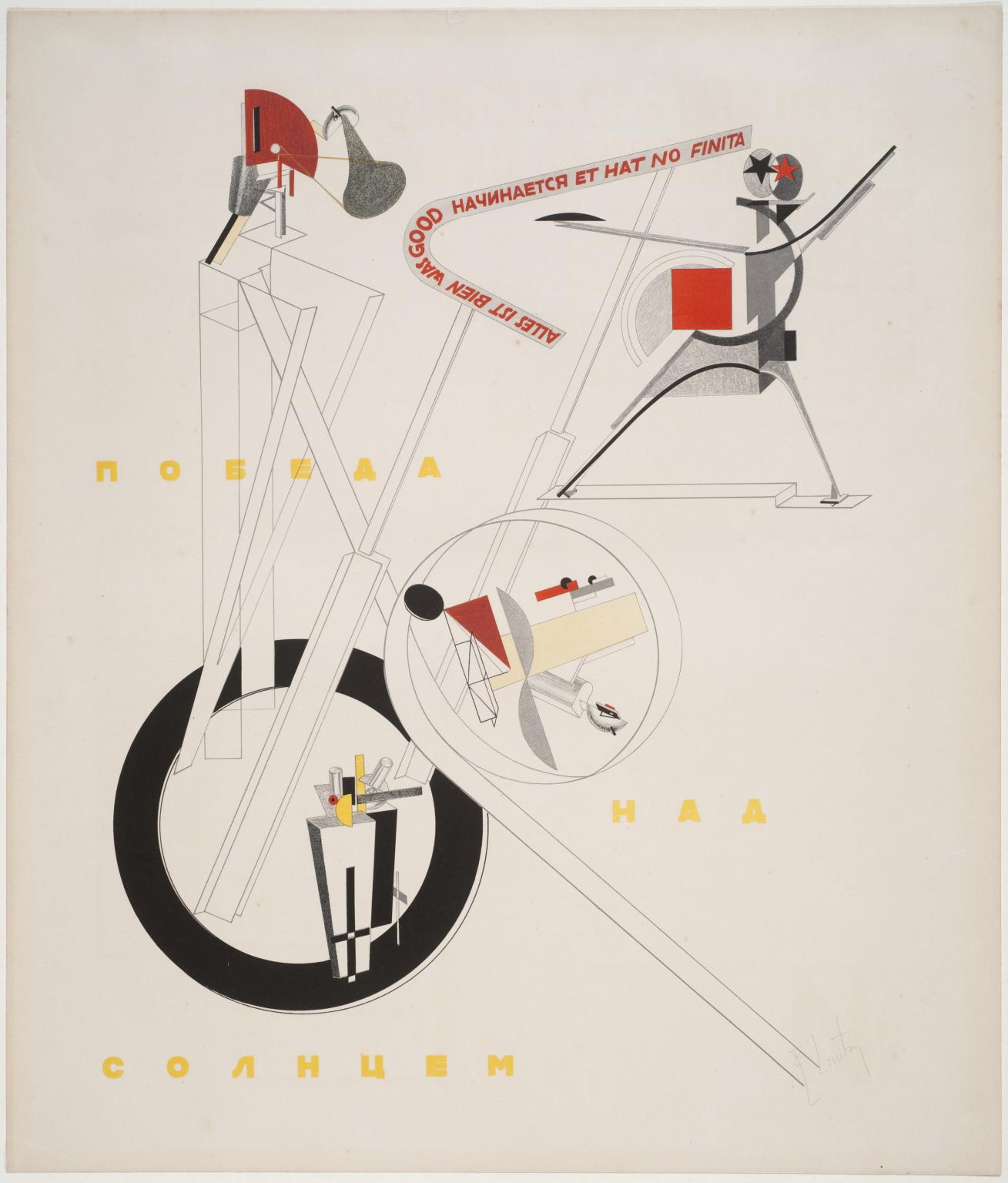
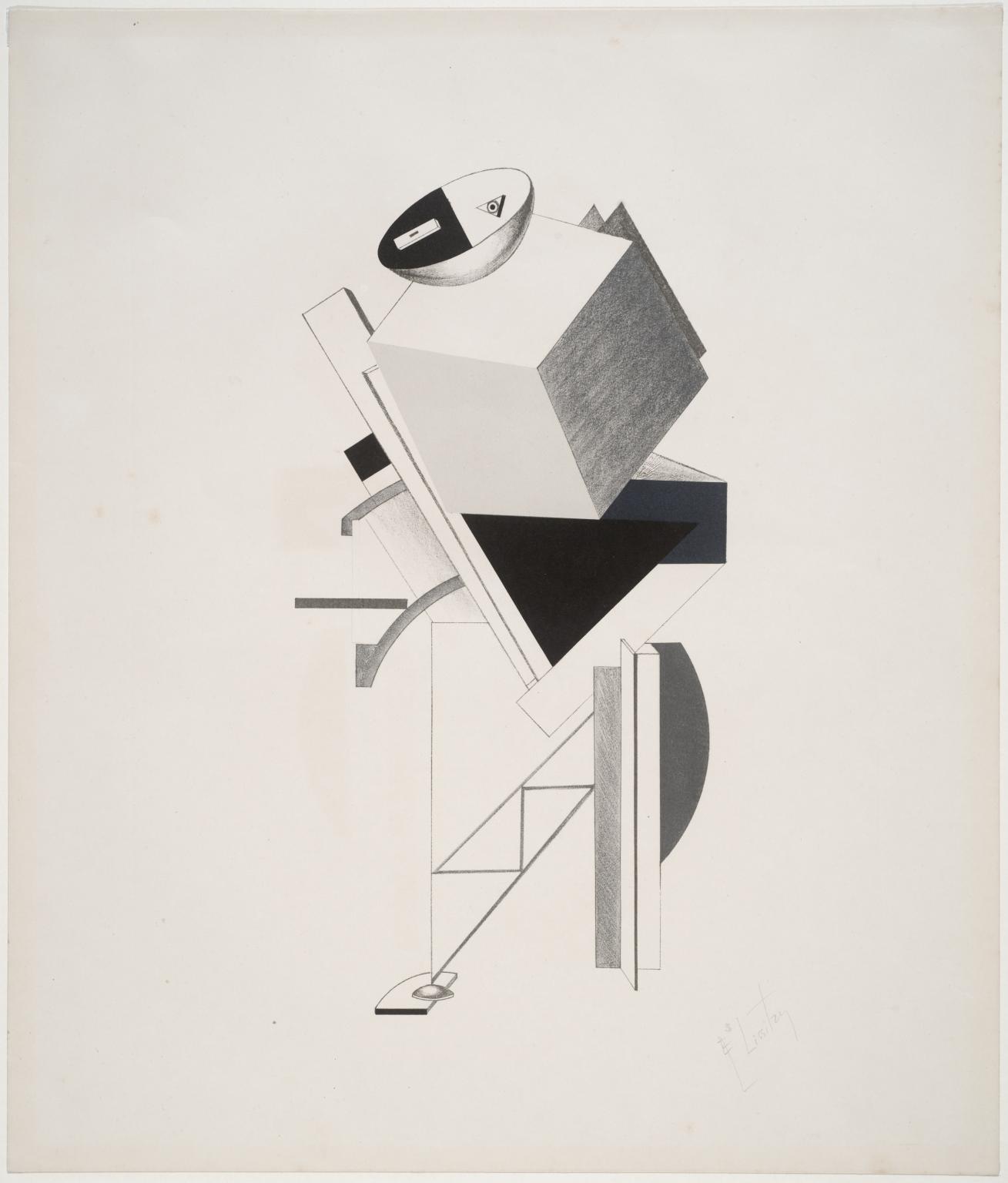
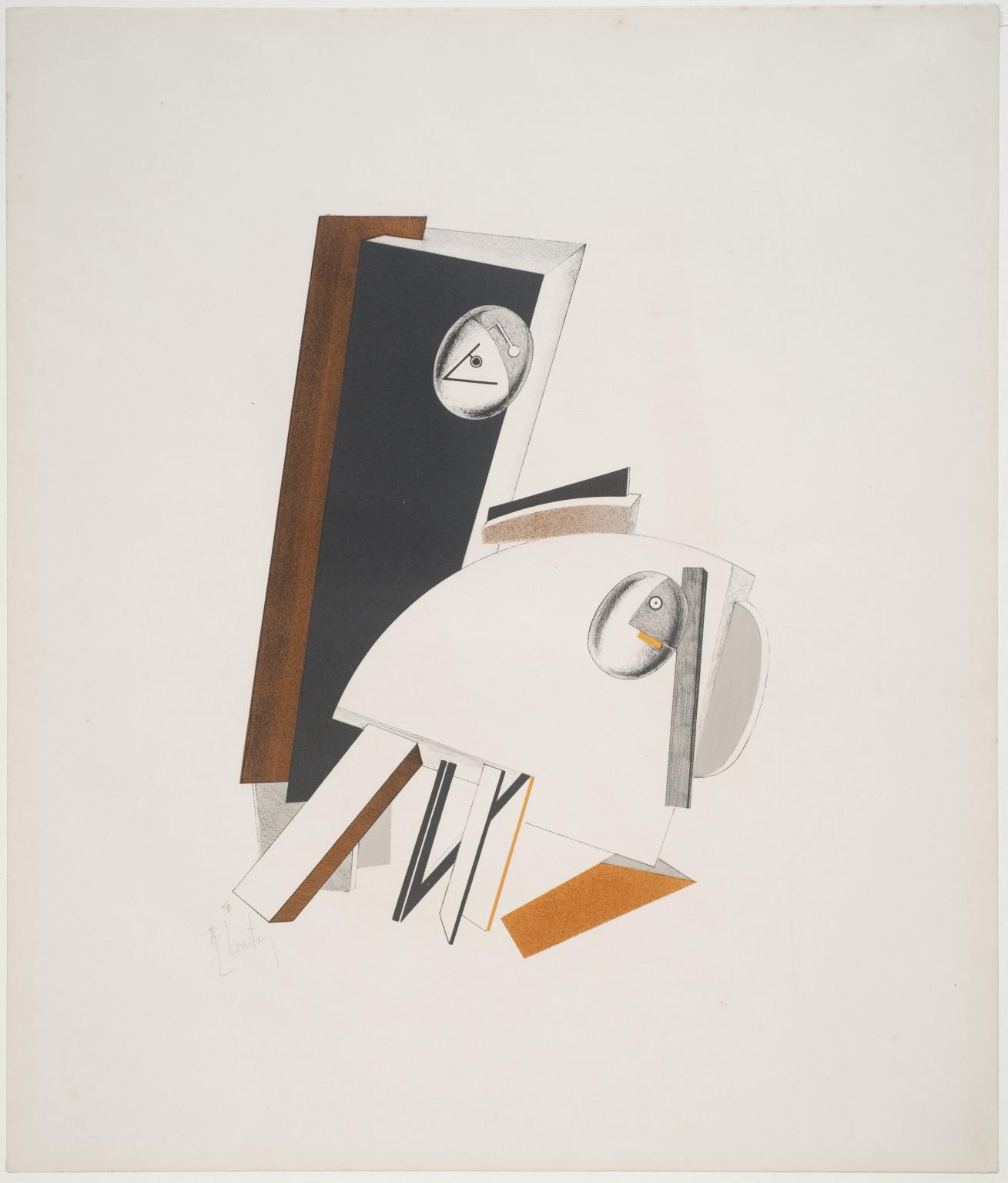
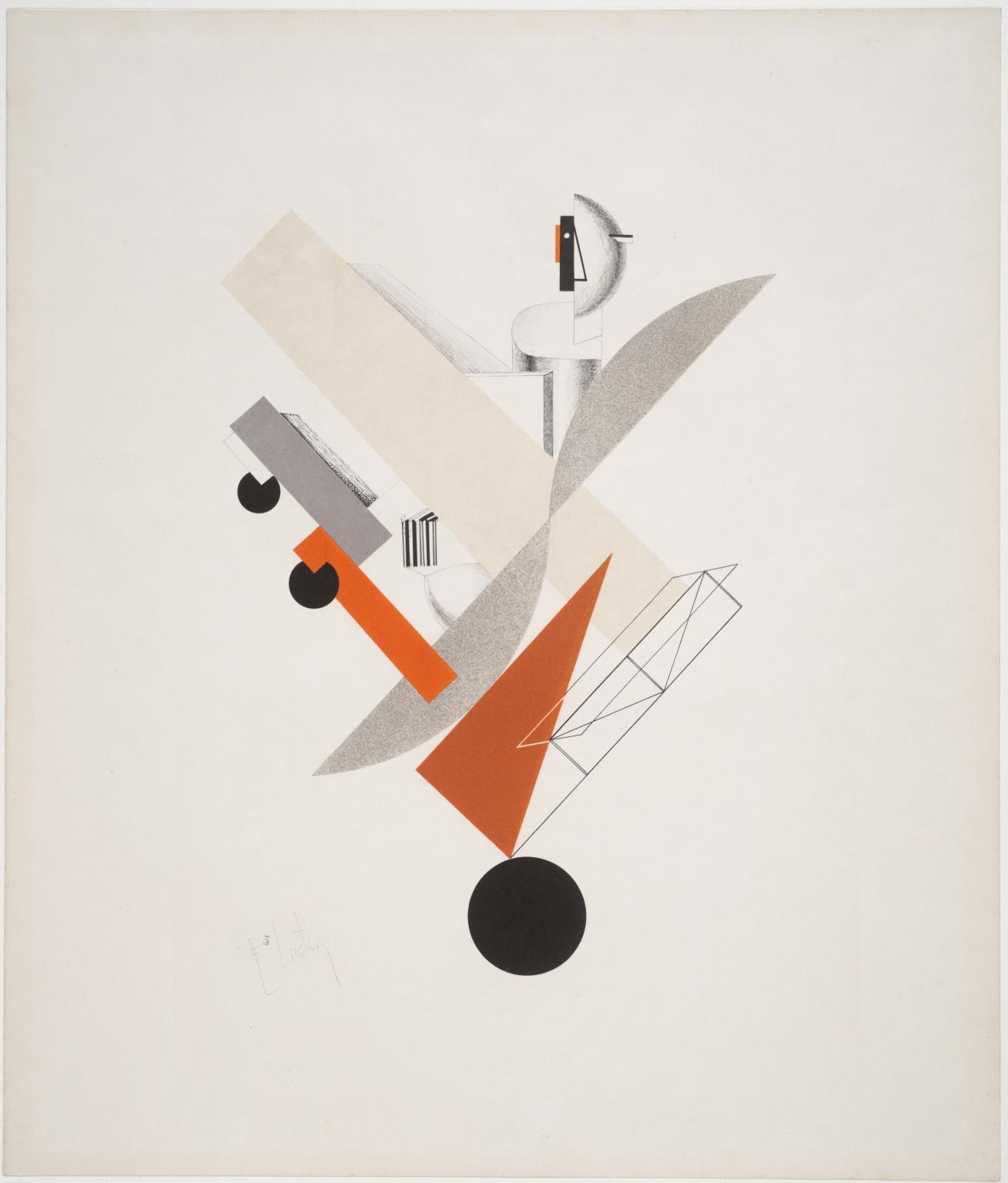
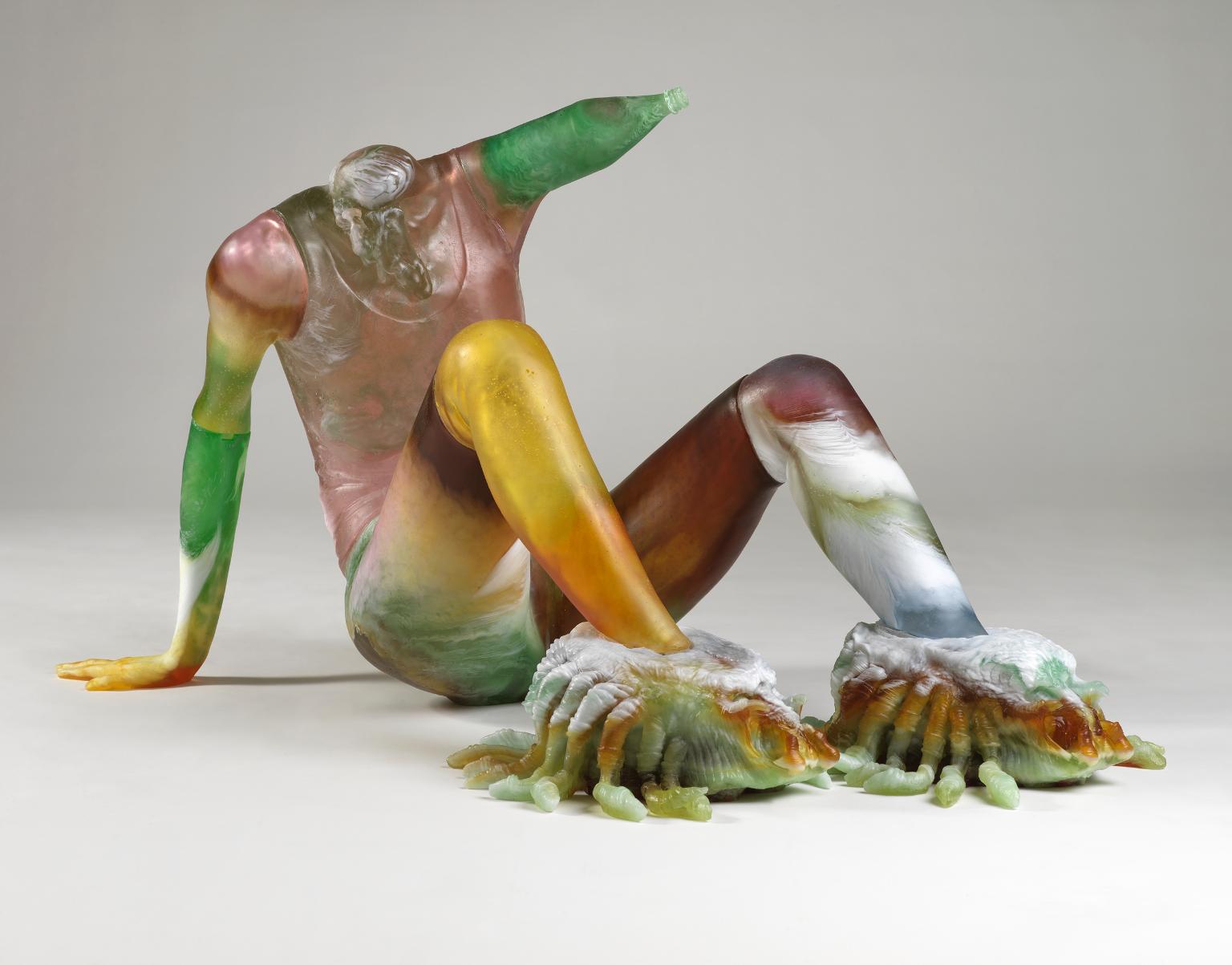
You've viewed 6/9 artworks
You've viewed 9/9 artworks

